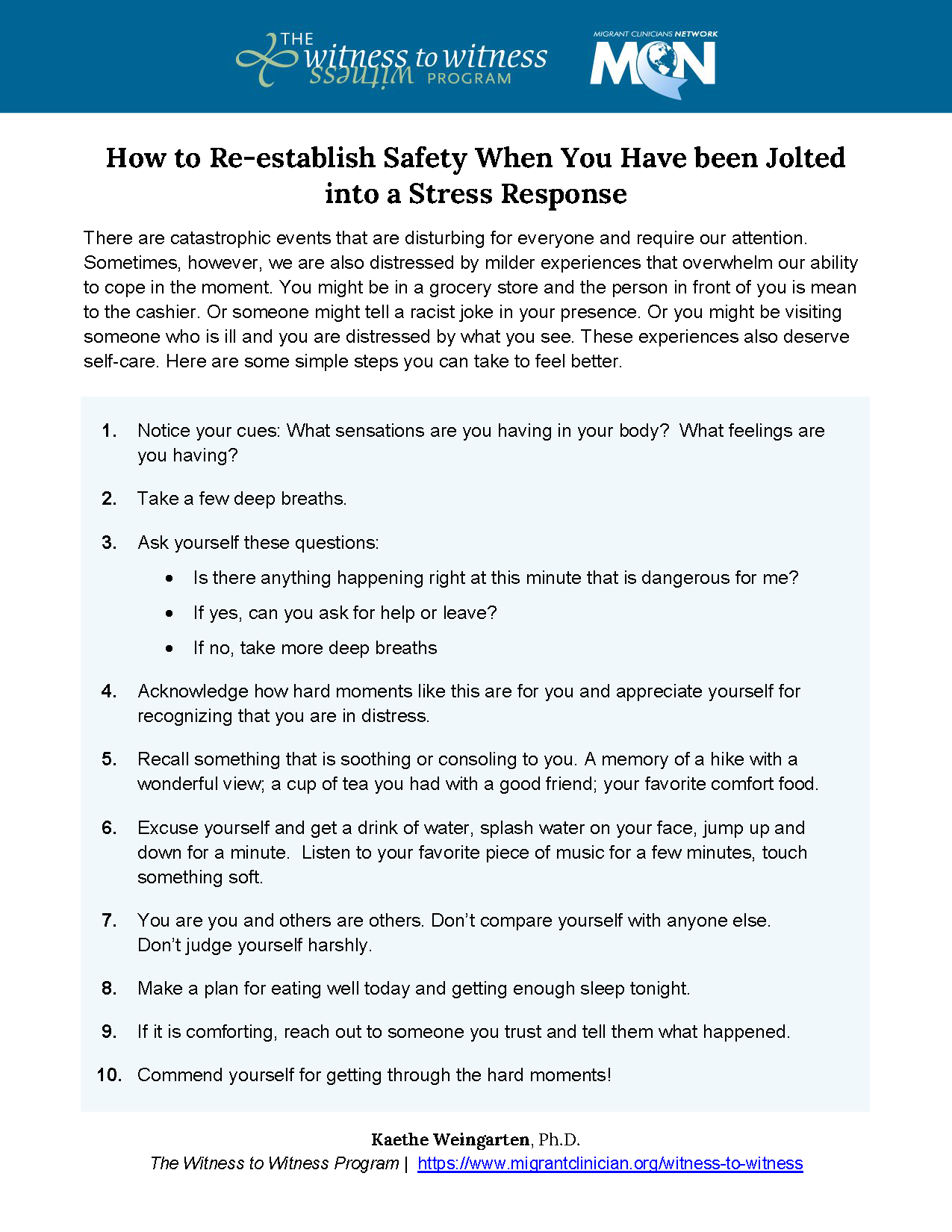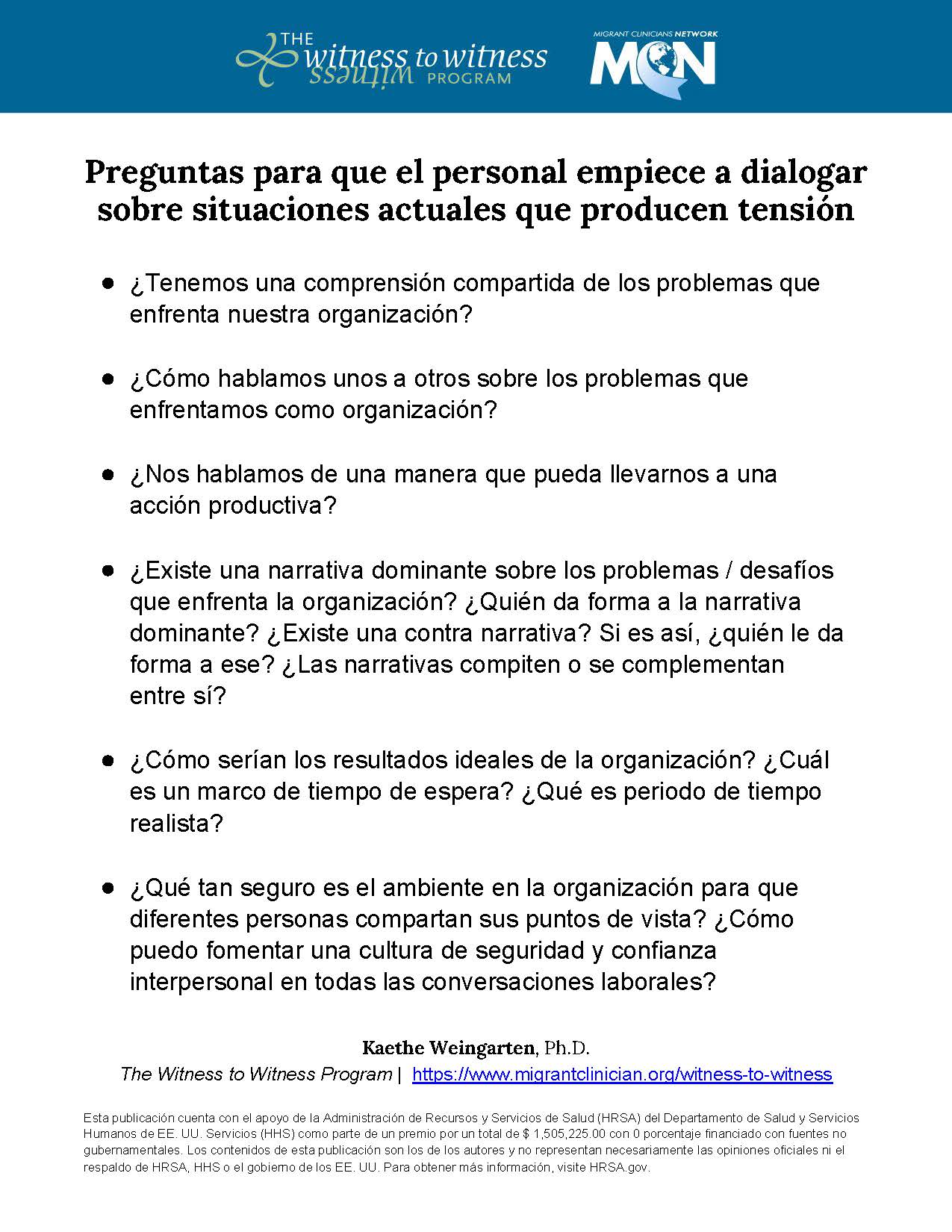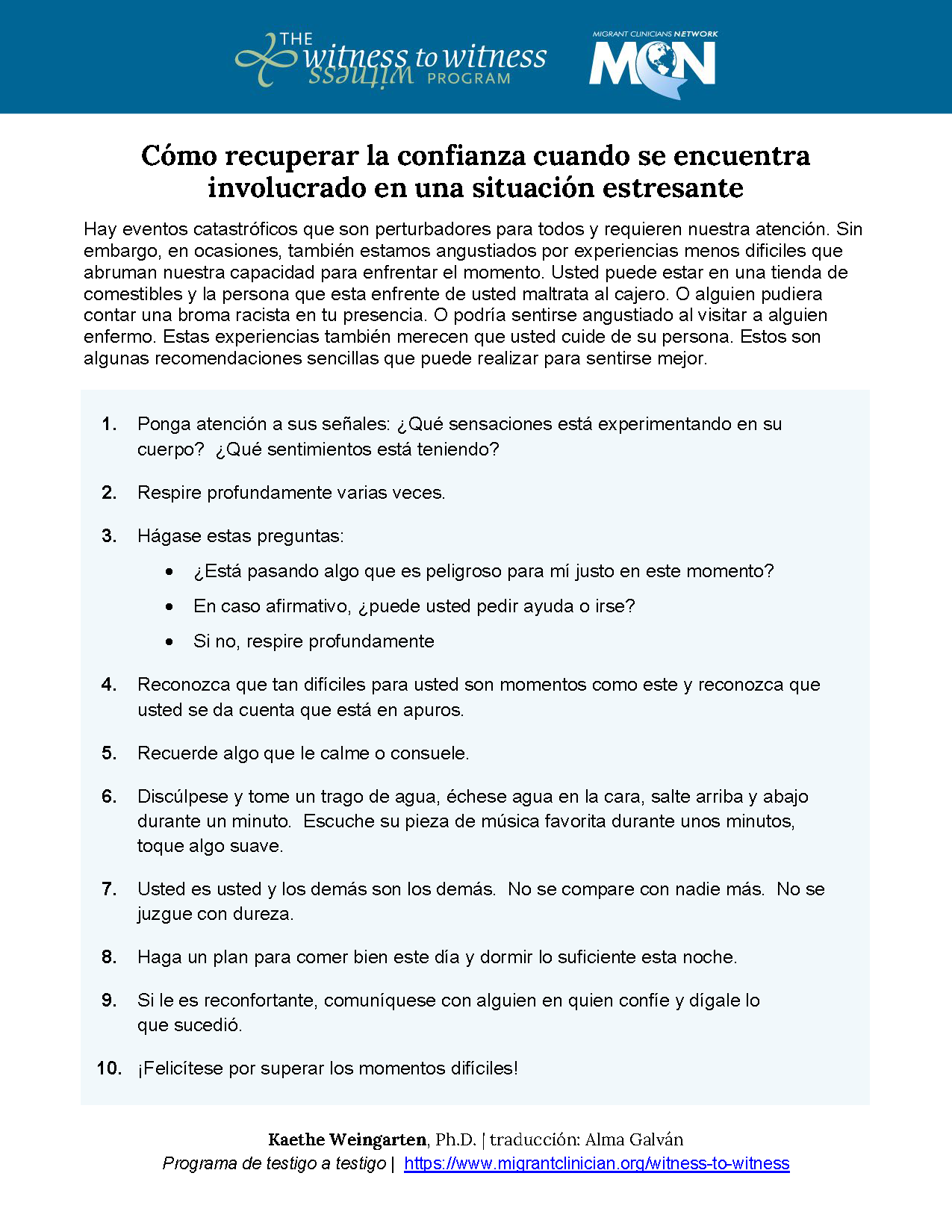
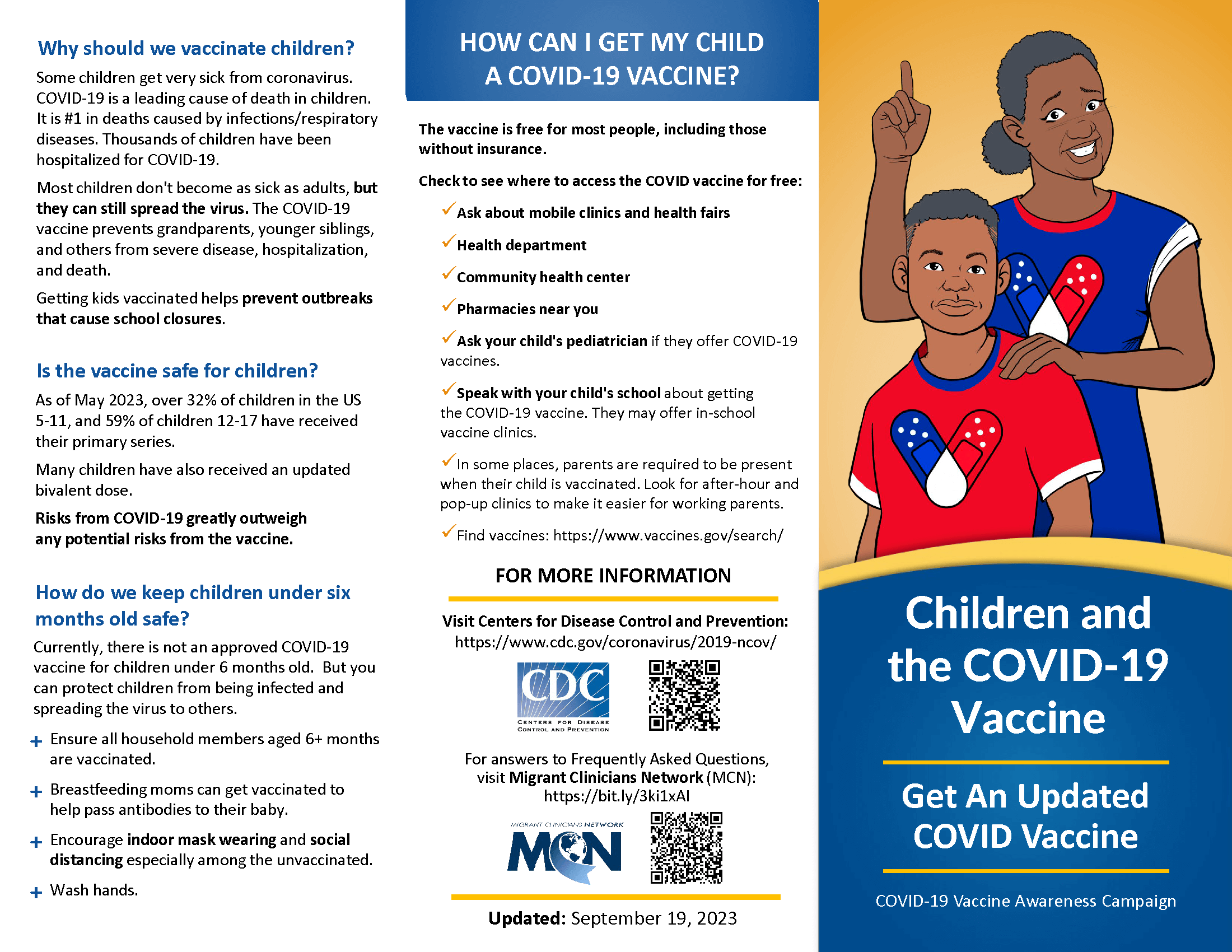
- 2023-10-05_Children-COVID-Vaccine-Trifold_Handout.pdf (634.67 KB)
- 2023-10-05_Children-COVID-Vaccine-Trifold_Handout_Template.pptx (6.62 MB)
- 2023-10-05_Niños-COVID-Vacuna-Tríptico_Material-de-apoyo.pdf (642.69 KB)
- 2023-10-05_Niños-COVID-Vacuna-Tríptico_Material-de-apoyo_Plantilla.pptx (4.24 MB)
- 2023-10-5_Modèl_depliyan_sou-vaksen-COVID-pou Timoun.pdf (606.96 KB)
- 2023-10-5_Modèl_depliyan_sou-vaksen-COVID-pou Timoun.pptx (4.23 MB)

- 2023-10-05_Children-COVID-Vaccine-Trifold_Handout.pdf (634.67 KB)
- 2023-10-05_Children-COVID-Vaccine-Trifold_Handout_Template.pptx (6.62 MB)
- 2023-10-05_Niños-COVID-Vacuna-Tríptico_Material-de-apoyo.pdf (642.69 KB)
- 2023-10-05_Niños-COVID-Vacuna-Tríptico_Material-de-apoyo_Plantilla.pptx (4.24 MB)
- 2023-10-5_Modèl_depliyan_sou-vaksen-COVID-pou Timoun.pdf (606.96 KB)
- 2023-10-5_Modèl_depliyan_sou-vaksen-COVID-pou Timoun.pptx (4.23 MB)
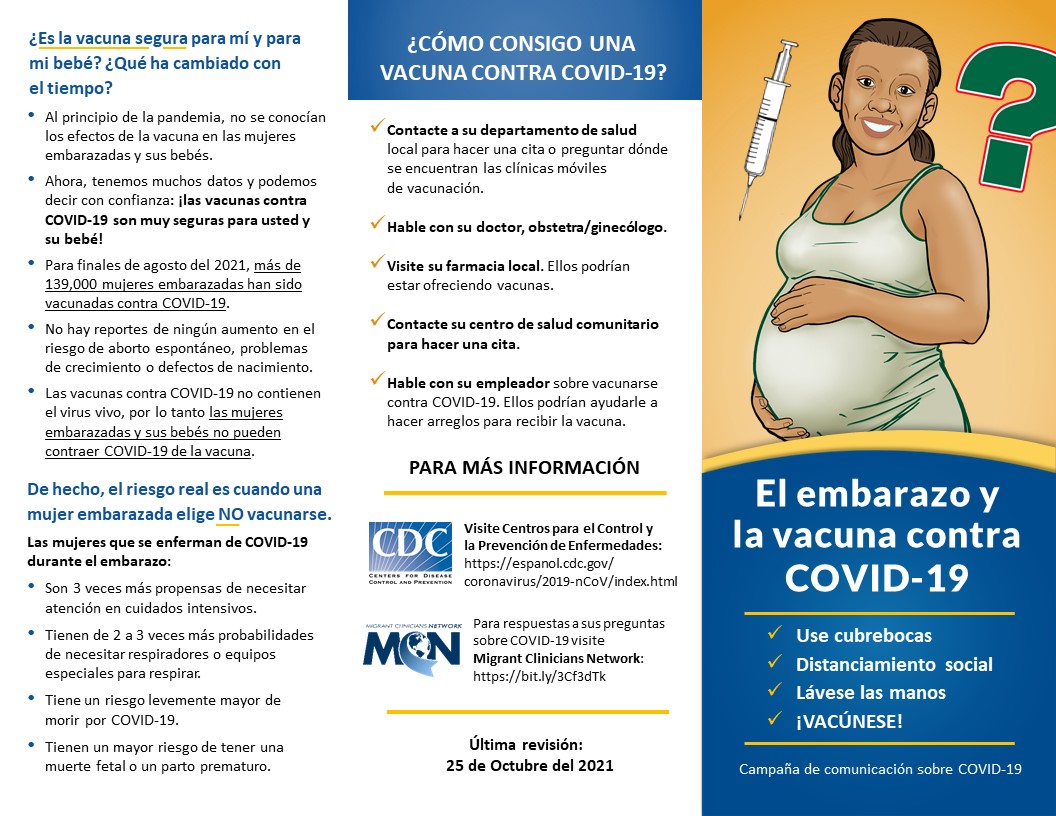
- 1-15-22_Spanish_Pregnancy-COVID-vaccine_Trifold_0.pdf (659.22 KB)
- 1-15-22_Spanish_Pregnancy-COVID-vaccine_Trifold-Template_0.pptx (9.05 MB)
- 1-15-22_English_Pregnancy-COVID-vaccine_Trifold_0.pdf (671.73 KB)
- 1-15-22_English_Pregnancy-COVID-vaccine_Trifold-Template_0.pptx (9.04 MB)
- 1-15-22_HaitianCreole_Pregnancy-COVID-vaccine_Trifold_0.pdf (654.59 KB)
- 1-15-22_HaitianCreole_Pregnancy-COVID-vaccine_Trifold-Template_0.pptx (9.02 MB)
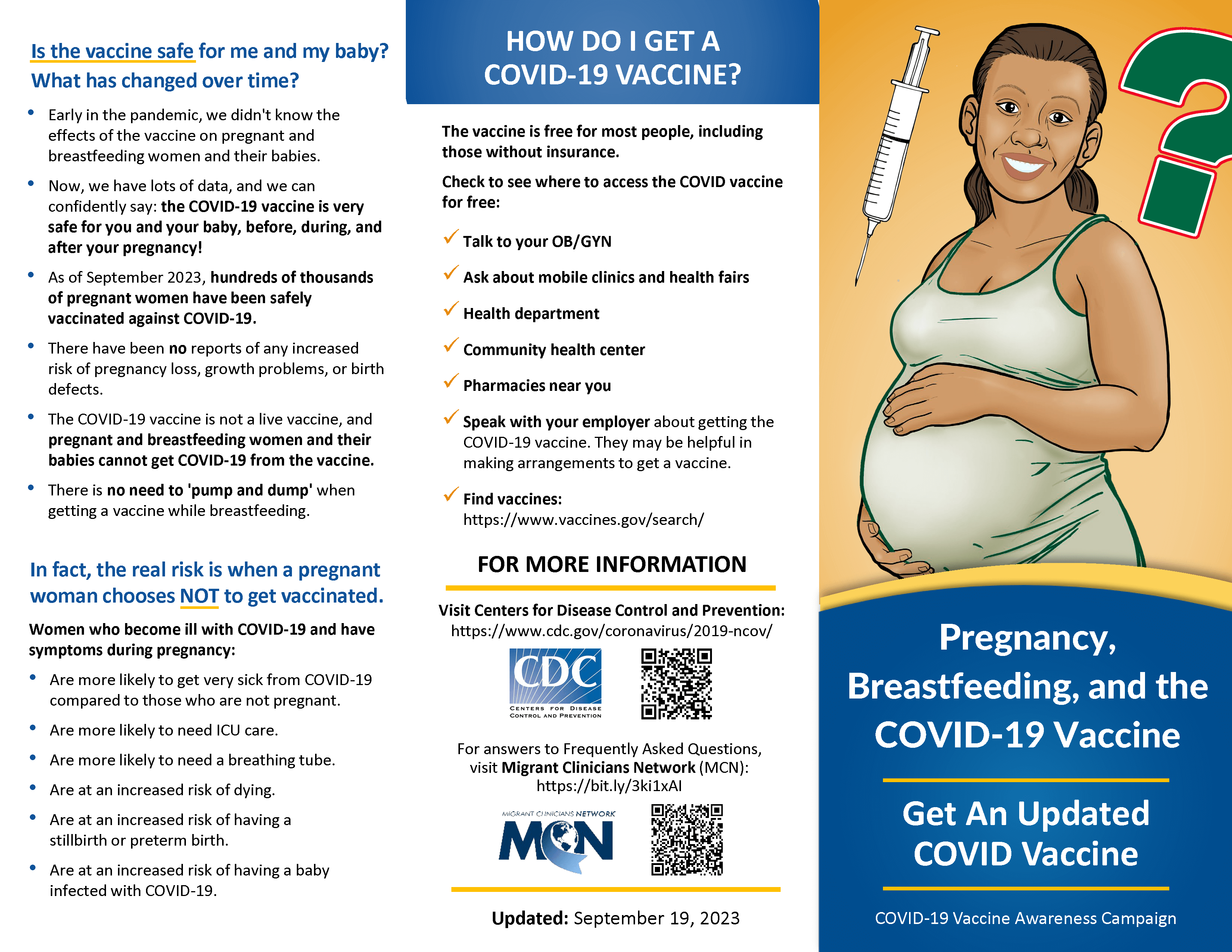
- 2023-10-05_Pregnancy-COVID-Vaccine-Trifold_Handout.pdf (742.98 KB)
- 2023-10-05_Pregnancy-COVID-Vaccine-Trifold_Handout_Template.pptx (8.51 MB)
- 2023-10-05_Embarazo-COVID-Vacuna-Tríptico_Material-de-apoyo.pdf (705.76 KB)
- 2023-10-05_Embarazo-COVID-Vacuna-Tríptico_Material-de-apoyo_Plantilla.pptx (8.51 MB)
- 2023-10-5_Model_depliyan_sou-vaksen-COVID-pou-fanm-ansent_0.pdf (660.84 KB)
- 2023-10-5_Model_depliyan_sou-vaksen-COVID-pou-fanm-ansent_0.pptx (7.03 MB)

- 2023-10-05_Pregnancy-COVID-Vaccine-Trifold_Handout.pdf (742.98 KB)
- 2023-10-05_Pregnancy-COVID-Vaccine-Trifold_Handout_Template.pptx (8.51 MB)
- 2023-10-05_Embarazo-COVID-Vacuna-Tríptico_Material-de-apoyo.pdf (705.76 KB)
- 2023-10-05_Embarazo-COVID-Vacuna-Tríptico_Material-de-apoyo_Plantilla.pptx (8.51 MB)
- 2023-10-5_Model_depliyan_sou-vaksen-COVID-pou-fanm-ansent_0.pdf (660.84 KB)
- 2023-10-5_Model_depliyan_sou-vaksen-COVID-pou-fanm-ansent_0.pptx (7.03 MB)
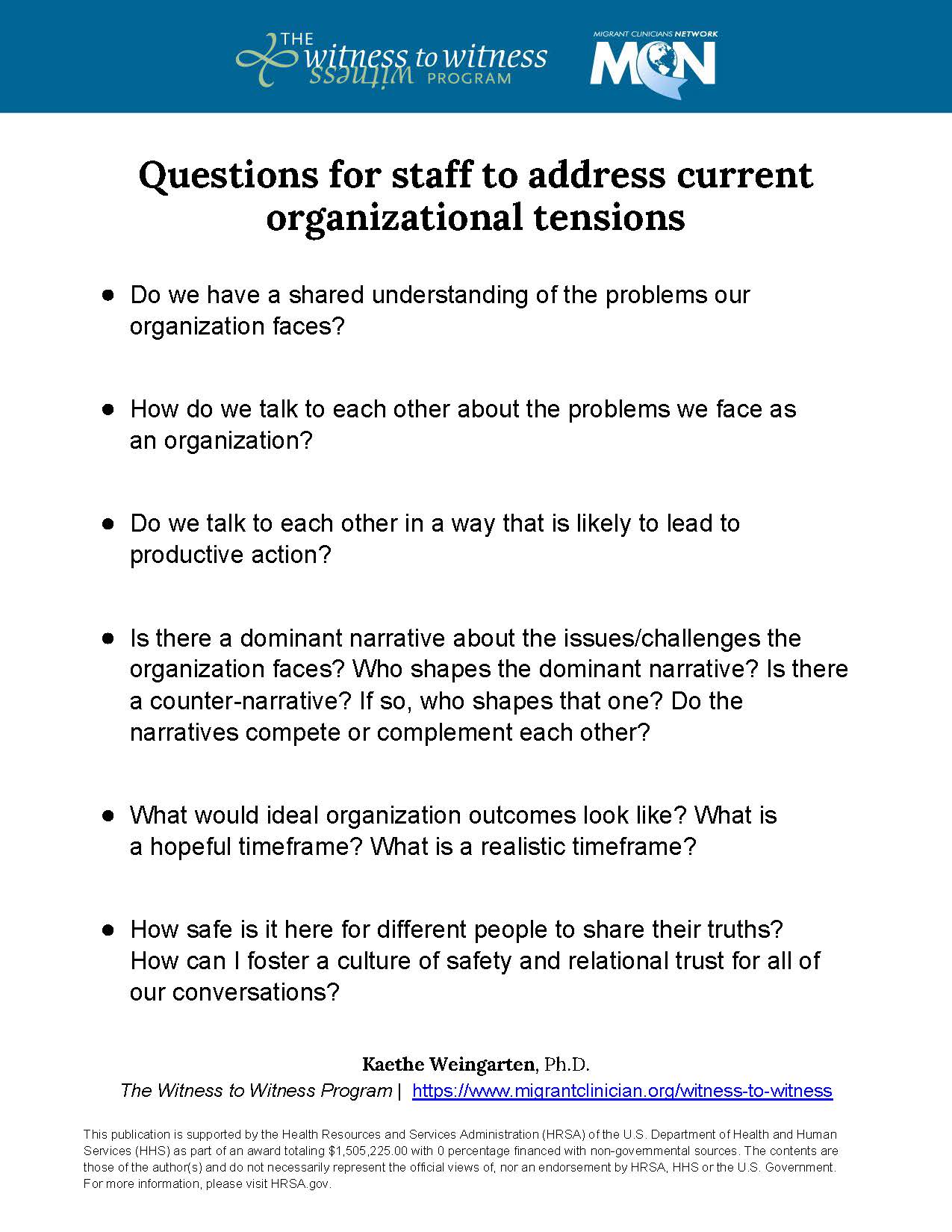
This publication was supported by the Health Resources and Services Administration (HRSA) of the U.S. Department of Health and Human Services (HHS) as part of an award totaling $ 1,310,460 with 0 percentage financed with non-governmental sources. The contents are those of the author(s) and do not necessarily represent the official views of, nor an endorsement, by HRSA, HHS, or the U.S. Government. For more information, please visit HRSA.gov.
- 2022-4-28_Questions-for-Staff-to-Address-Current-Organizational-Tensions_Handout.pdf (132.17 KB)
- 20D466~1.PDF (127.83 KB)
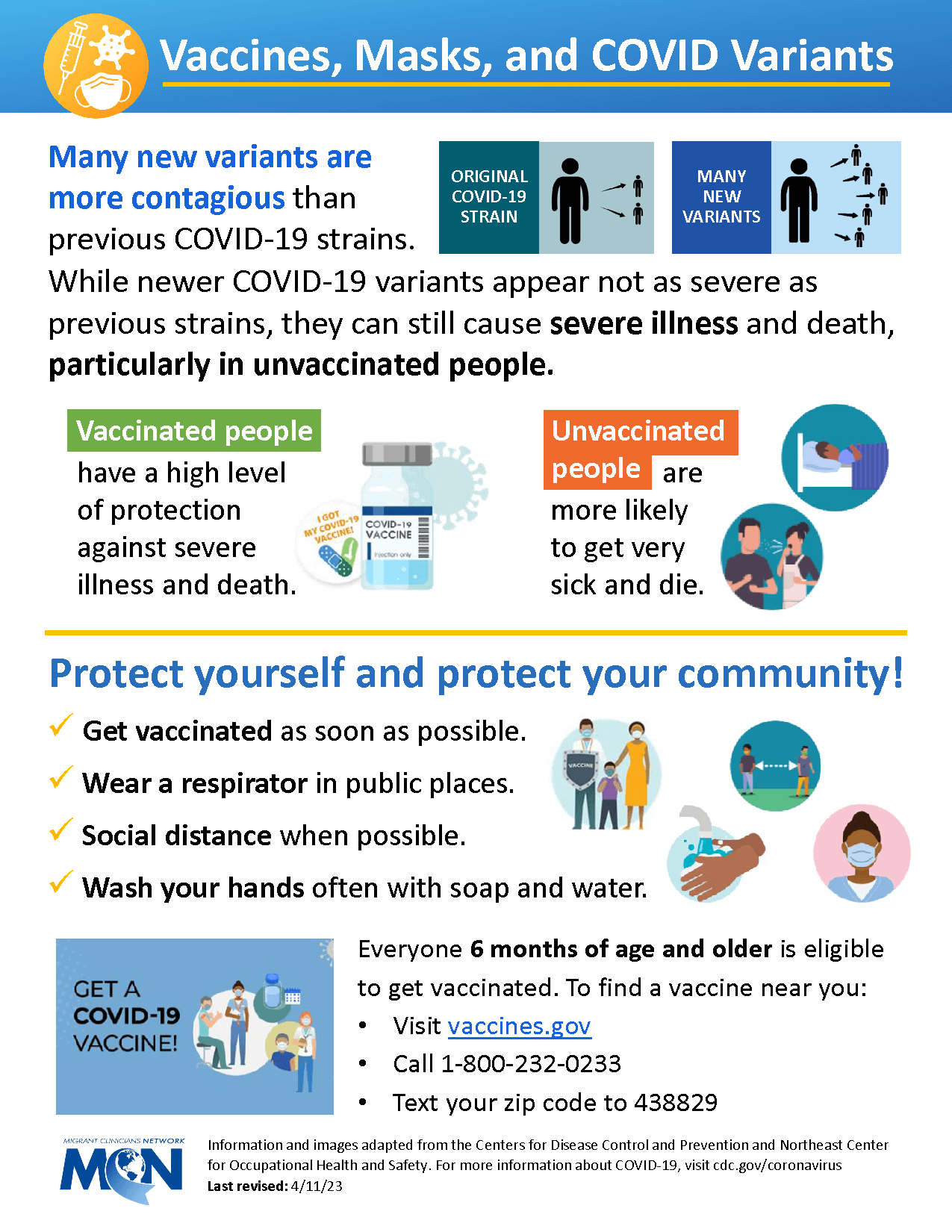
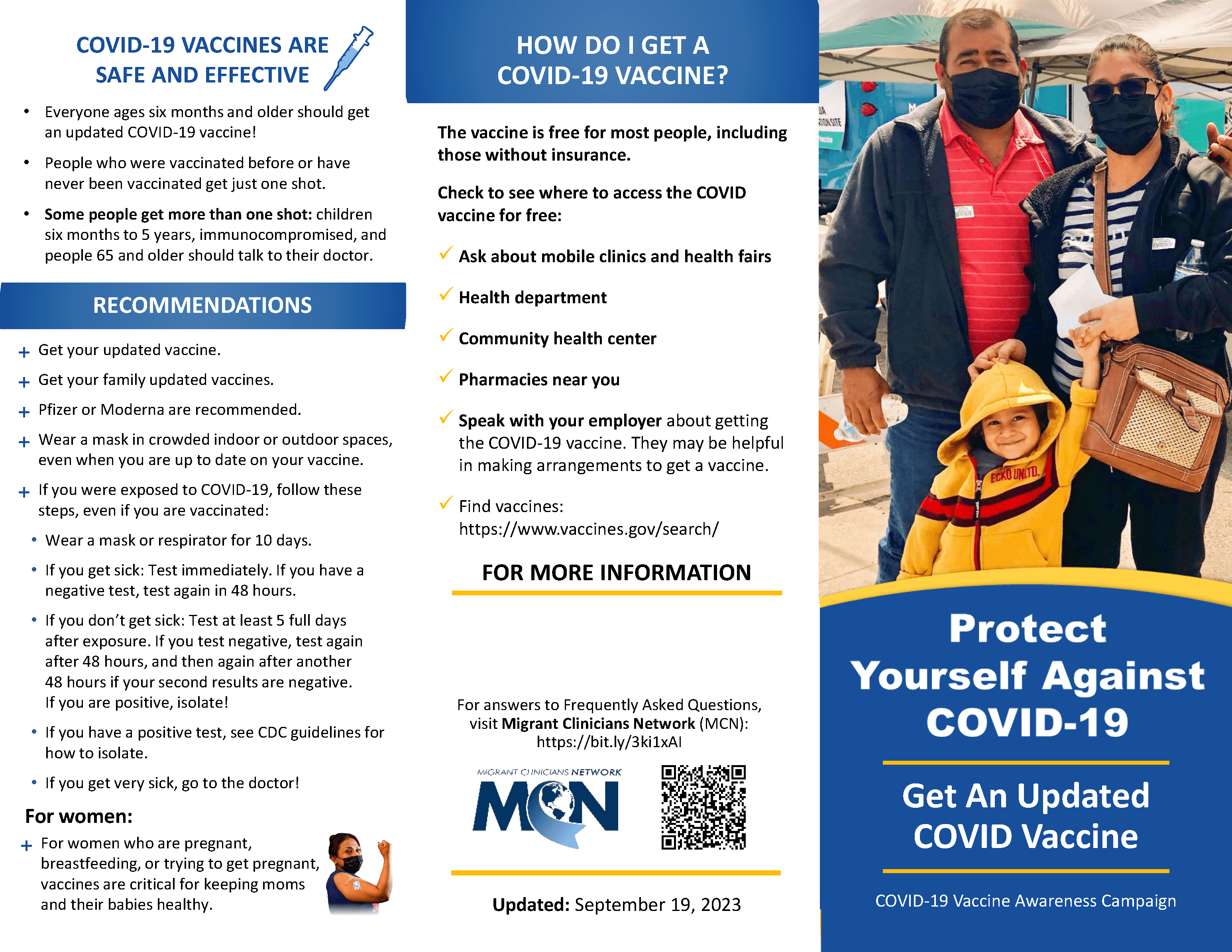
- 2023-10-05_General-COVID-Vaccine-Trifold_Handout_1.pdf (582.8 KB)
- 2023-10-05_General-COVID-Vaccine-Trifold_Handout_Template_1.pptx (2.67 MB)
- 2023-10-05_General-COVID-Vacuna-Tríptico_Material-de-apoyo_1.pdf (607.45 KB)
- 2023-10-05_General-COVID-Vacuna-Tríptico_Material-de-apoyo_Plantilla_1.pptx (2.66 MB)
- 2023-10-5_Modèl_depliyan_sou-vaksen-COVID-Jeneral_1.pdf (594.07 KB)
- 2023-10-5_Modèl_depliyan_sou-vaksen-COVID-Jeneral_1.pptx (2.58 MB)
This colorful vaccine calendar comic gives low-literacy information on vaccines and some information on why adults need immunizations, too. Available in high resolution to download and print into poster size.
This almost real-time map shows where COVID-19 cases have been reported, all over the world, which provides some perspective and allows for a visual understanding of the spread as it progresses.
NACHC’s new FAQ runs down a number of additional resources not covered here, specifically tailored for health centers.
HRSA’s new COVID-19 FAQs give some overview on the health center requirements around emergency preparedness as well as recommendations for communications from health centers.
This new poll, taken by Migrant Clinicians Network in January and February 2018, reflected the experiences of clinical staff from 26 states across the country. Respondents came from every corner of the clinic; occupations listed include Physician, Executive Director, Dental Assistant, Outreach Specialist, Therapist, Community Health Worker, Registered Nurse, and 24 other occupations. The poll follows up on MCN’s 2017 poll, in which 63 percent of respondents indicated that immigrant and mobile patients’ attitudes and feelings toward health care access had changed.
- Poll Results February 2018.pdf (92.89 KB)
California's Medical Supervision Program is a biomonitoring program that measures cholinesterase activity in bloog samples from agricultural workers. Employers are required by law to contract with physicians who have registered for this program, all of whom are included in this list.
Safety and Health Practicesfor Nail Salon Workers and a Training Guide for Nail Salon Worker Safety and Health Outreach Program
- Best_Practices_HOPE.pdf (230 KB)
- Trainer_Guide_HOPE.pdf (1.34 MB)
Includes EPA manual "How to Comply With the 2015 Revised Worker Protection Standard For Agricultural Pesticides - What Owners and Employers Need To Know" and an excerpt specifically for clininicians regarding medical evaluation and respirator fit test. See also the medical evaluation questions in English and Spanish.
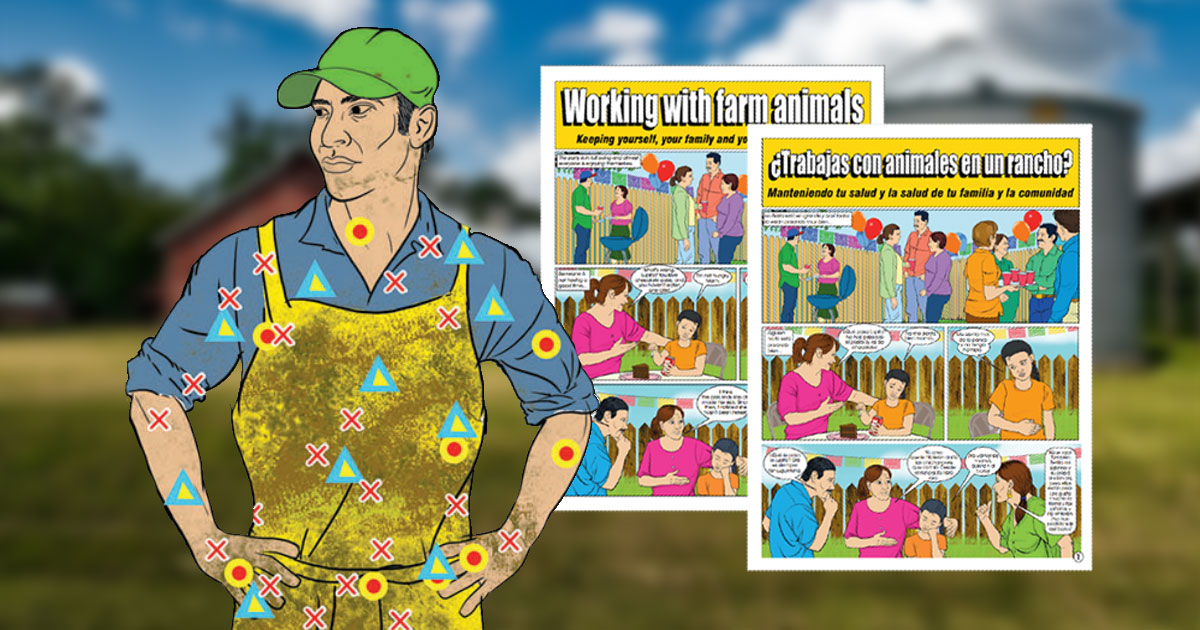
Libro cómic educativo bilingüe sobre cómo prevenir las enfermedades zoonóticas. Desarrollado por MCN en colaboración con la Universidad Estatal de Ohio.
- Working with farm animals_1.pdf (13.33 MB)
- Trabajos con animales en un rancho_1.pdf (13.31 MB)
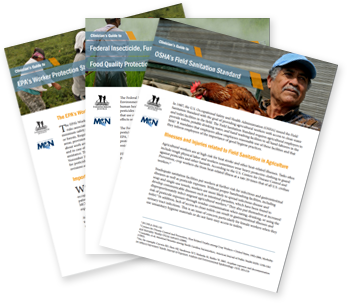
MCN and Farmworker Justice offer these guides to assist clinicians in understanding farmworker health and safety regulations. OSHA’s Field Sanitation Standard; EPA's Federal Insecticide, Fungicide, and Rodenticide Act (FIFRA); EPA's Food Quality Protection Act (FQPA); EPA’s Worker Protection Standard (WPS).
- OSHA's Field Sanitation Standard Clinician's Guide.pdf (747.53 KB)
- FIFRA FQPA Clinician's Guide.pdf (287.9 KB)
- WPS Clinician's Guide.pdf (843.35 KB)

MCN y Farmworker Justice ofrecen estas guías para ayudar a los médicos en la comprensión de regulaciones de salud y seguridad de los campesinos. Información de los Estándares de Saneamiento de la Administración de Seguridad y Salud Ocupacional (OSHA) para los campos; la Ley Federal de Insecticidas, Fungicidas y Rodenticidas (FIFRA) regulado por la Agencia de Protección Ambiental (EPA); la Ley de la Protección de la Calidad de los Alimentos (FQPA) también regulado por el EPA; y el estándar de protección del trabajador (WPS) establecido por el EPA.
- OSHA's Field Sanitation Standard Clinician's Guide.pdf (747.53 KB)
- FIFRA FQPA Clinician's Guide.pdf (287.9 KB)
- WPS Clinician's Guide.pdf (843.35 KB)

MCN and Farmworker Justice offer these guides to assist clinicians in understanding farmworker health and safety regulations. OSHA’s Field Sanitation Standard; EPA's Federal Insecticide, Fungicide, and Rodenticide Act (FIFRA); EPA's Food Quality Protection Act (FQPA); EPA’s Worker Protection Standard (WPS).
- OSHA's Field Sanitation Standard Clinician's Guide.pdf (747.53 KB)
- FIFRA FQPA Clinician's Guide.pdf (287.9 KB)
- WPS Clinician's Guide.pdf (843.35 KB)
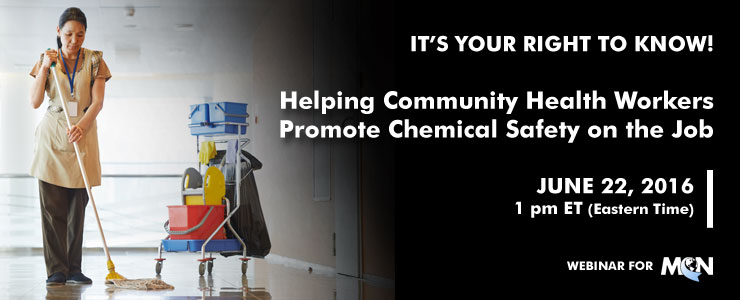
DATE RECORDED: June 22, 2016
PRESENTED BY: Kerry Brennan
This material will be produced under grant number SH-27640-15-60-F-48-SH5 from the Occupational Safety and Health Administration, U.S. Department of Labor. It will not necessarily reflect the views or policies of the U.S. Department of Labor, nor does mention of trade names, commercial products, or organizations imply endorsement by the U.S. Government.
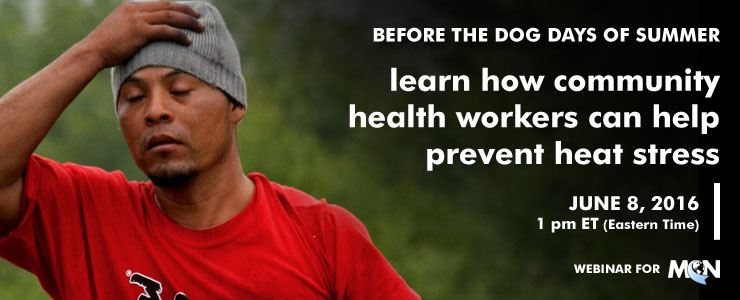
DATE RECORDED: June 8, 2016
PRESENTED BY: Juliana Simmons, MSPH, CHES
This material will be produced under grant number SH-27640-15-60-F-48-SH5 from the Occupational Safety and Health Administration, U.S. Department of Labor. It will not necessarily reflect the views or policies of the U.S. Department of Labor, nor does mention of trade names, commercial products, or organizations imply endorsement by the U.S. Government.
- https://youtu.be/qcCci3GQs04
- http://www.migrantclinician.org/
- https://www.osha.gov/SLTC/heatstress/prevention.html
- http://www.farmworkerjustice.org/sites/default/files/FJpesticidetrainingspanish2016.pdf
- https://www.osha.gov/SLTC/heatstress/index.html
- https://www.osha.gov/SLTC/heatillness/index.html
- https://www.osha.gov/SLTC/heatstress/industry_resources.html
- http://www.dir.ca.gov/dosh/heatIllnessQA.html
- http://www.lni.wa.gov/Safety/Topics/AtoZ/HeatStress/
- http://en.hesperian.org/hhg/Workers%27_Guide_to_Health_and_Safety:Dangers_from_heat
- http://www.naplesnews.com/news/crime/report-farmworkers-death-should-have-been-prevented-2738c212-4e00-109c-e053-0100007fd972-363310521.html
- http://www.cdc.gov/niosh/topics/heatstress/heatrelillness.html
The U.S. Environmental Protection Agency’s (EPA) Worker Protection Standard (WPS) provides basic workplace protections to farmworkers and pesticide handlers to minimize the adverse effects of pesticide exposure. EPA announced major revisions to the WPS in September 2015. MCN and FJ's fact sheet provides a summary of the revised regulation.
- WPS-2015.pdf (981.69 KB)
In 2015, for the first time in over 20 years, the Environmental Protection Agency updated the Worker Protection Standard (WPS). The WPS provides basic workplace protections for agricultural workers to reduce the risk of pesticide exposre. This issue brief overviews the major revisions that are particularly relevant for clinicians caring for agricultural workers.
- WPS_MCN_FJ_IssuesBrief2016.pdf (3.02 MB)

ACA Toolkit:
Available in English and Spanish
Health Insurance Guide:
Available in English and Spanish and Haitian Creole
Older Guides:
Available in English, Spanish, and Haitian Creole for workers on employer-provided health insurance
Created by Farmworker Justice.
- http://www.farmworkerjustice.org/sites/default/files/FJ_ACA_Fact_Sheet_Employer_Provided_Health_Insurance_FINAL.pdf
- http://www.farmworkerjustice.org/sites/default/files/FJ_ACA_Fact_Sheet_Employer_Provided_Health_Insurance_SPANISH_FINAL.pdf
- http://www.farmworkerjustice.org/sites/default/files/FJ_ACA_Fact_Sheet_Employer_Provided_Health_Insurance_CREOLE_FINAL.pdf
